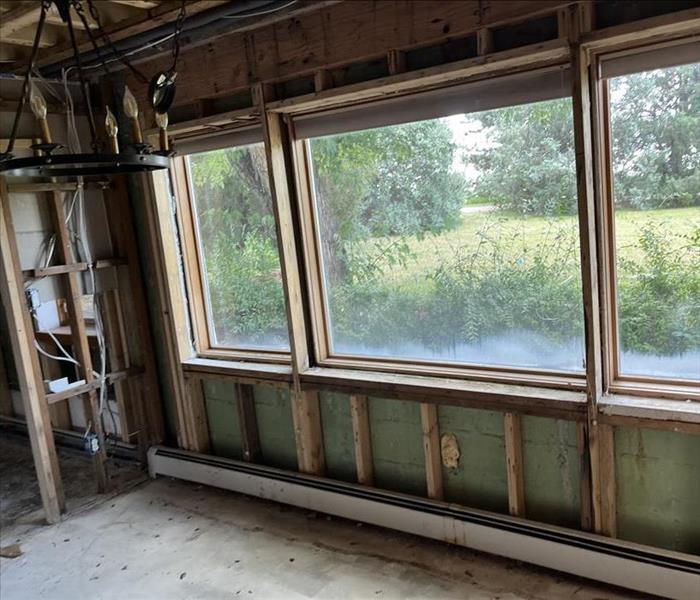Preventing Bacterial Growth After Water Intrusion: Essential Steps for Effective Water Remediation
6/12/2024 (Permalink)
 In this blog, we will discuss essential steps and methods to prevent bacterial growth after water intrusion.
In this blog, we will discuss essential steps and methods to prevent bacterial growth after water intrusion.
Water intrusion can cause extensive damage to our properties, but it can also create optimal conditions for bacterial growth if not addressed promptly and effectively. Preventing bacterial growth after water damage is crucial for ensuring a safe and sanitized environment. In this blog, we will discuss essential steps and methods to prevent bacterial growth after water intrusion, providing you with a comprehensive guide for effective water remediation.
Act Swiftly
Time is of the essence when it comes to preventing bacterial growth after water damage. The longer the water sits, the greater the chance of bacterial contamination. Immediately addressing the issue by contacting a professional water remediation service like SERVPRO® is crucial for preventing bacterial growth.
Identify and Eliminate the Source
Before beginning the restoration process, it is important to identify and eliminate the source of water intrusion. This can range from roof leaks to burst pipes or faulty appliances. By fixing the source of the leak, you can prevent further water intrusion and minimize the risk of bacterial growth.
Remove Standing Water
Standing water is a potential breeding ground for bacteria and other microbes. Using pumps, wet vacuums, and other water extraction equipment, remove any standing water from the affected area. This step is vital to minimize the risk of bacterial growth and prevent further damage to your property.
Thoroughly Dry Affected Areas
After removing standing water, it is crucial to thoroughly dry affected areas to prevent bacterial growth. Utilize professional-grade dehumidifiers, fans, and other drying equipment to ensure that moisture is completely eliminated. Pay special attention to hidden spaces and hard-to-reach areas, as they can retain moisture and foster bacterial growth if left untreated.
Clean and Disinfect
Cleaning and disinfecting affected areas are vital steps in preventing bacterial growth after water intrusion. Use appropriate cleaning agents to sanitize all surfaces, including walls, floors, furniture, and personal belongings. Pay extra attention to areas with visible contamination or water stains.
Inspect for Mold
Water damage can often lead to mold growth, which can exacerbate bacterial growth. After water remediation, conduct a thorough inspection for any signs of mold. If mold is present, it is essential to address the issue promptly to prevent further damage and health risks.
Monitor and Maintain Indoor Humidity Levels
Maintaining proper indoor humidity levels is another effective measure for preventing bacterial growth. Moist environments with high humidity levels provide ideal conditions for bacteria to thrive. Regularly monitor and control indoor humidity using dehumidifiers or other moisture control equipment.
Preventing bacterial growth after water intrusion is a crucial aspect of effective water remediation. By acting swiftly, eliminating the source of water intrusion, removing standing water, drying thoroughly, cleaning and disinfecting, inspecting for mold, and maintaining proper humidity levels, you can effectively prevent bacterial growth and ensure a safe and sanitized environment for your property.
Remember, in cases of water damage, it is always recommended to seek professional help. SERVPRO specializes in water remediation and has the expertise and equipment to ensure your property is thoroughly restored and protected from bacterial growth.
By following these steps and engaging the services of a reputable water remediation company, you can effectively prevent bacterial growth after water intrusion and minimize the risk of further damage to your property.



 24/7 Emergency Service
24/7 Emergency Service